Horse thrush treatment
Very persistent and highly contagious – a fungal skin infection will not go so easily. According to statistics, every 15th horse is affected by a skin fungus. And in fact, this form of skin disease is the most common. How skin fungus can be prevented and what treatment options are effective?
A skin fungus in horses, called in the jargon “thrush”, is caused by infection with microspores. Especially in winter and autumn horses are affected. Thrush occurs increasingly in the stables, where there is a lot of movement or where several horse owners share the cleaning and riding utensils for their horses (riding school establishments, educational institutions). Horse thrash is a purely superficial disease, meaning that it remains on the skin and does not attacks the internal organs.
Horse thrush are highly contagious
The two most common triggers for a skin fungus are the two fungal species canis and Trichophyton equinum. The latter is to be found most worldwide and causes severe itching, skin irritation and hair loss. A skin fungal infection is highly contagious, so often not just one, but several horses of the stable are affected. In most cases, spores are being transferred by sharing of grooming equipment and saddlery. However, direct skin contact in the pasture or the popular use of an abrasive pile on the Paddock quickly leads to the fact that the disease spreads throughout the stall. Moreover, spores can often even be found in walls and ceiling, so effective protection can also be difficult to ensure.
Especially young horses are particularly affected by a skin fungal infection. These animals do not have developed any natural protection against the fungal spores and are therefore an easy target. In addition, a fungal infection is promoted by a weakened immune system and excessive washing (especially with products containing surfactants). If the horse is wached too often it disturbs the natural oil from the skin, so that it does not have natural defenses anymore. For this reason, only baby shampoo should be used. Often it was also found that a fungal disease has preceded from a worm infestation, a sweet itch or stress. Also an incorrect feeding and the general attitude of the animal are factors that adversely affect the health of the horse, cause a weakened immune system, thereby making the animals easily susceptible to infectious diseases.
Circular spots and hair loss
The fungus first infects the hair and thus creates a hair breakage. The coat starts to fail in affected areas, to finally emerge scaly patches in circular shape. If the horses follow their itching and chafing, these spots may even bleed and form crusty surfaces. In some cases, also a wetness is observed. Mainly because fungi prefer warm, moist areas, the parts of the body are usually affected, where the horse is sweating heavily (saddle and belt portion, between abdomen and leg). If the skin at these locations is affected, riding must be avoided until complete healing of the disease.
Fungal skin in horses must be identified
It is very important that the rider always observes his horse and perceives any changes in skin and hair. Only in this way skin diseases like a horse thrush, but also the formation of a skin tumor (skin cancer in horses) can be diagnosed and treated in time. Even if a skin fungus initially looks relatively harmless and does not directly affect the health status and the animal´s ability to be ridden, a treatment is extremely important. An untreated skin fungal disease takes place over several months and may lead to large-scale scarring on the horse’s coat and if the affected area is under the saddle or bridle, any riding causes pain. A lengthy fungal disease also leads to a general weakening of the horse’s body.
Important nutrients (minerals, vitamins, electrolytes) are needed to combat the skin condition and thus no longer available for general physical performance. The horse gets tired quickly and is easily vulnerable by the weakened immune system for numerous infectious diseases. The horse owner must respond, since the infected skin areas also represent an easy target for a bacterial infection. Such disease makes treatment very difficult and ultimately results in that the horse can no longer be used as a mount.
Horses hygiene and strengthening the immune system – the keys for prevention and treatment
Skin fungi occur in musty, damp stables. Poor hygiene and shared cleaning and riding utensils favor the rapid spread throughout the stables. A regularly ventilated barn, fresh air and sun in a pasture, a balanced feeding, own riding accessories – animal wellbeing is the absolute prerequisite for a healthy horse with an intact immune system.
Washing, cleaning, disinfecting – the treatment of a skin fungus is lengthy and requires discipline.
Washing the horse´s coat is part of the horse thrush treatment
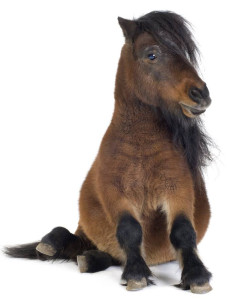 Skin fungi are very persistent. An effective treatment can only be guaranteed if the horse owner takes all necessary measures consistently permeates the treatment and also continues for several weeks even after the visible symptoms are already healed. The vet usually prescribes the drugs Imaverol and Mycophyt.
Skin fungi are very persistent. An effective treatment can only be guaranteed if the horse owner takes all necessary measures consistently permeates the treatment and also continues for several weeks even after the visible symptoms are already healed. The vet usually prescribes the drugs Imaverol and Mycophyt.
In the early stages of the disease, in addition, fruit vinegar and water solutions can be used. To this end, mix the two liquids in a ratio of 1: 2 (1/3 vinegar and 2/3 water). Mix them together and gently pat the skin. Is the disease, however, more advanced (crusting) we discourage from using the fruit vinegar. The fungus is not combated effectively, so that the disease is unnecessarily protracted. When using the preparations Ivamerol and Mycophyt it must be ensured that the skin scabs are gently removed with a soft sponge and a germicidal soap before the treatment . Only in this way the medicine reaches the infected skin, so the fungus are deliberately killed.
The regular washing of the skin is a must for a successful treatment (every 2-3 days). In winter, however, this can be problematic because the wet coat can quickly lead to hypothermia of the animal.
Some stalls now offer a solarium, wherein the animal is selectively dried. If this, however, is not provided, only the affected area should be washed or sprayed carefully. Then the horse must be covered with a blanket.
Cleaning and disinfection of the environment
A skin fungus can only be combated if the barn and the environment of the animal is freed from the fungal spores. The box, alley, Paddock and especially for cleaning purposes, saddle blankets and bridles must be thoroughly cleaned and disinfected (blankets should be washed at 60 degrees at least one hour in the washing machine). And even if this multi-week procedure requires an immense amount of time, yet it is the only way to take charge of the fungus.
Caution: Also, humans may become infected with thrush
Skin fungus is called zoonosis. This means that also humans can be infect with the spores. During the treatment of the horses coat, as well as during disinfecting the riding and cleaning utensils you must therefore always wear gloves!
A perennial horse thrush treatment leads to very good chances of recovery
Any disease can be caused by different pathogens, which require their each individual treatment. In most cases, only a combination of different treatment options leads to success. With patience and discipline the skin disease can be defeated.
Color Light and Reflex Therapy can be 2 of the methods that you can use in combination with other treatments to help your horse to recover faster.
Our specific Color Light Horse Thrush Treatment protocol is ideal to help you horse with this issue.
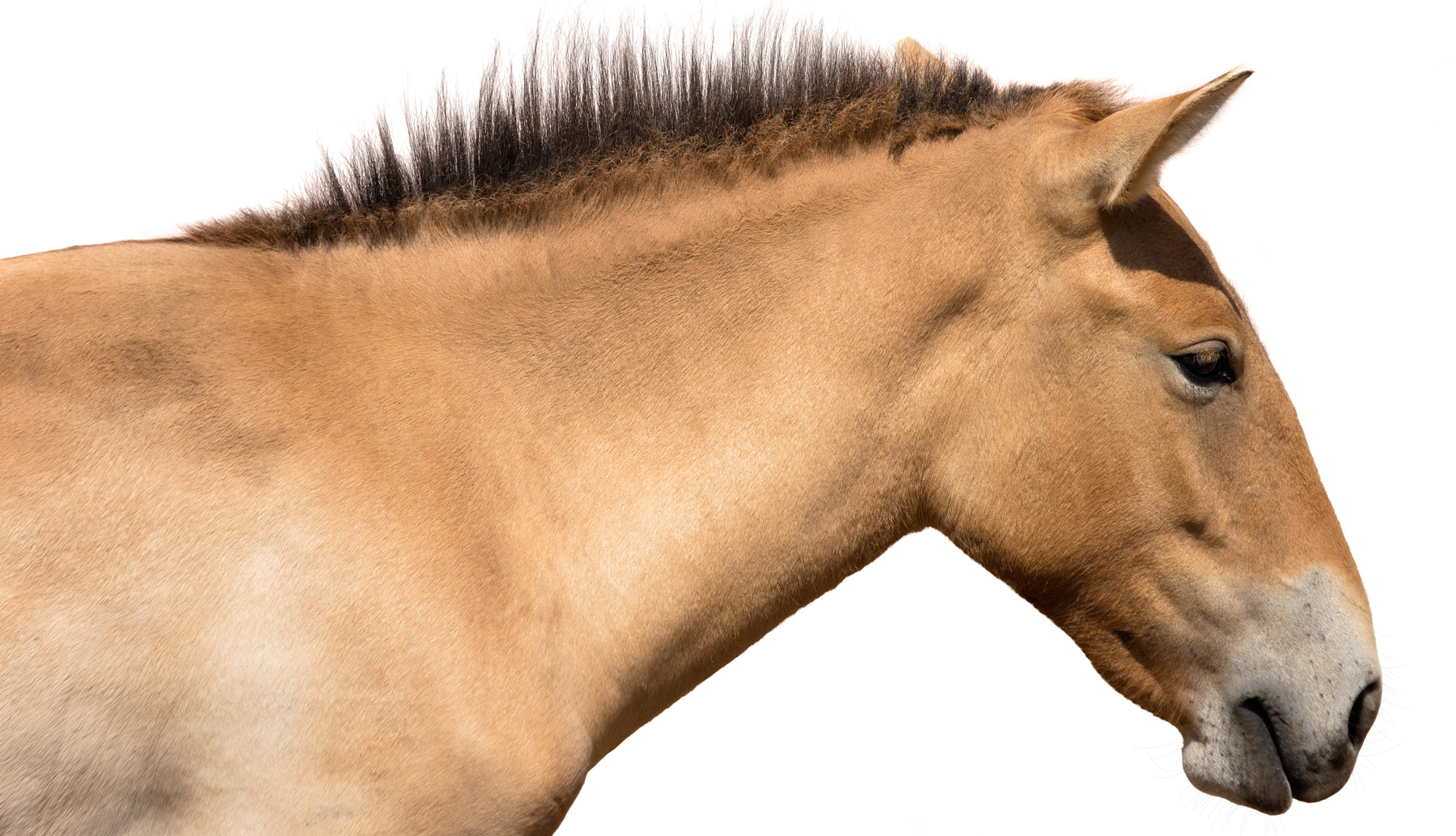
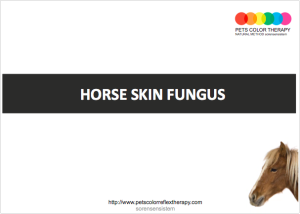
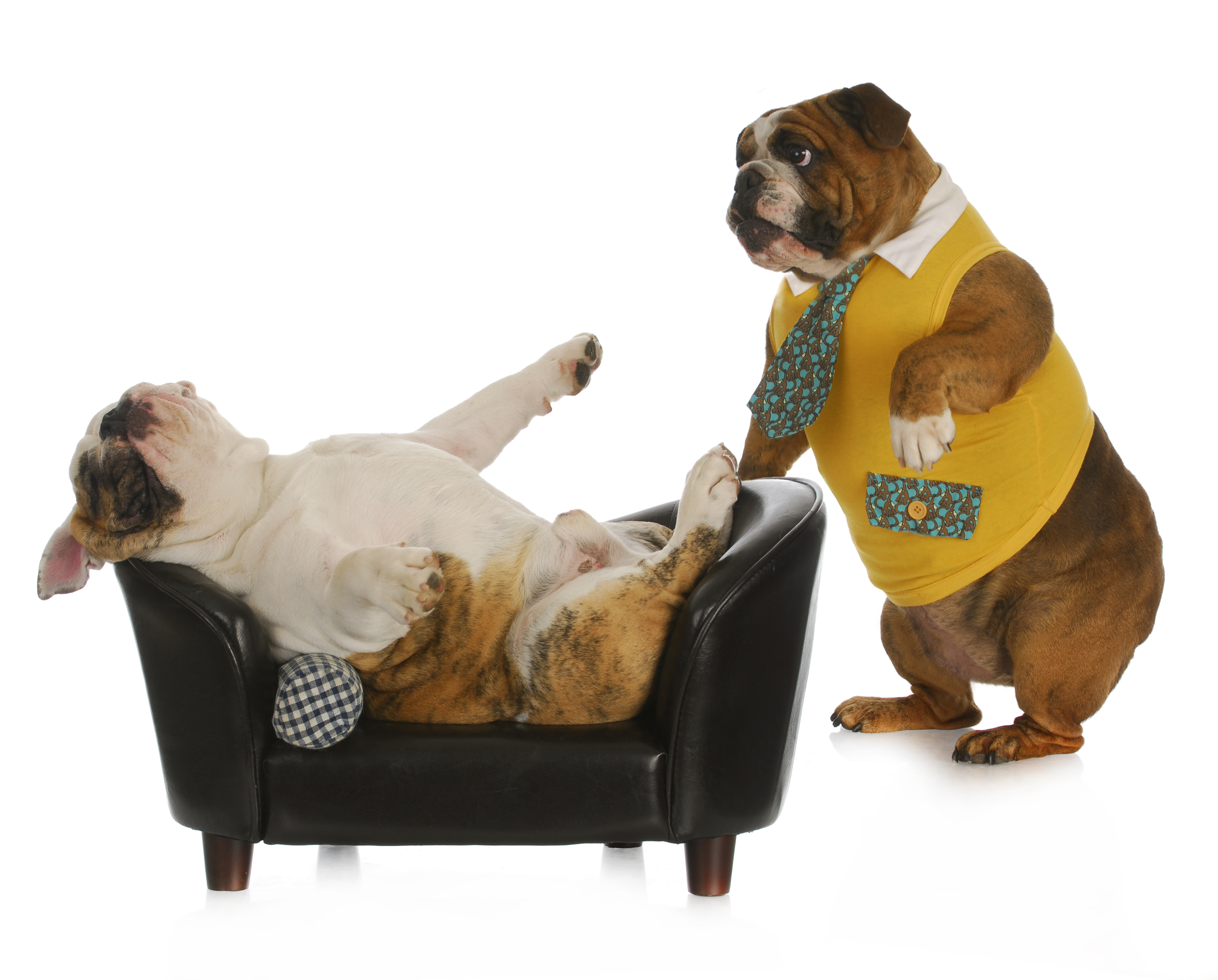
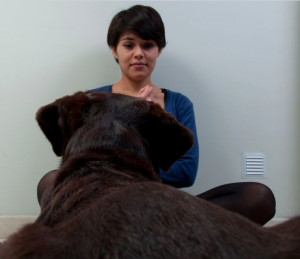

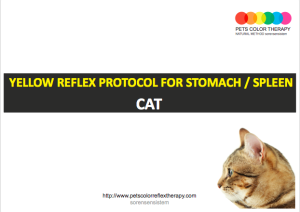
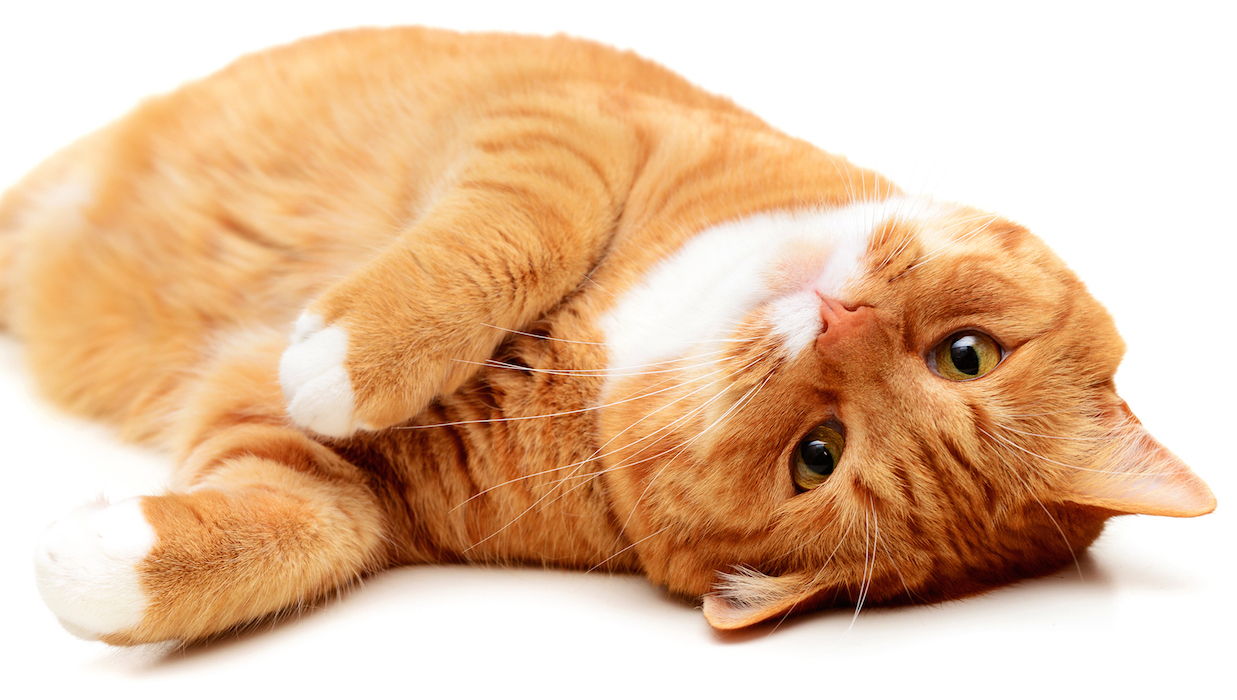
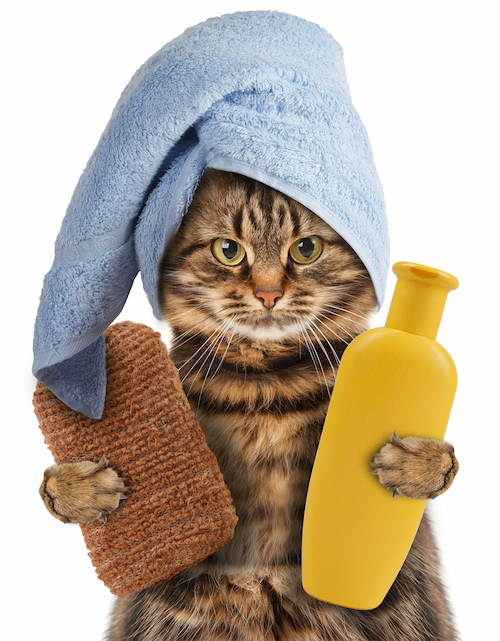 When the cat has ear mites the ears of the animal should be cleaned firstly. The scabs can be softened with a little vegetable oil and lightly wiped away after a few hours. Someone who’s got the confidence to do so, and whose animal allows it, can flush out the ears with some warm water. However, it is important to proceed very gently so that the eardrum does not get hurt.
When the cat has ear mites the ears of the animal should be cleaned firstly. The scabs can be softened with a little vegetable oil and lightly wiped away after a few hours. Someone who’s got the confidence to do so, and whose animal allows it, can flush out the ears with some warm water. However, it is important to proceed very gently so that the eardrum does not get hurt.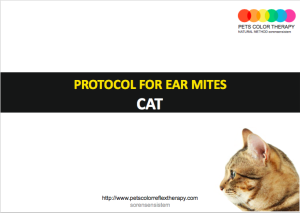
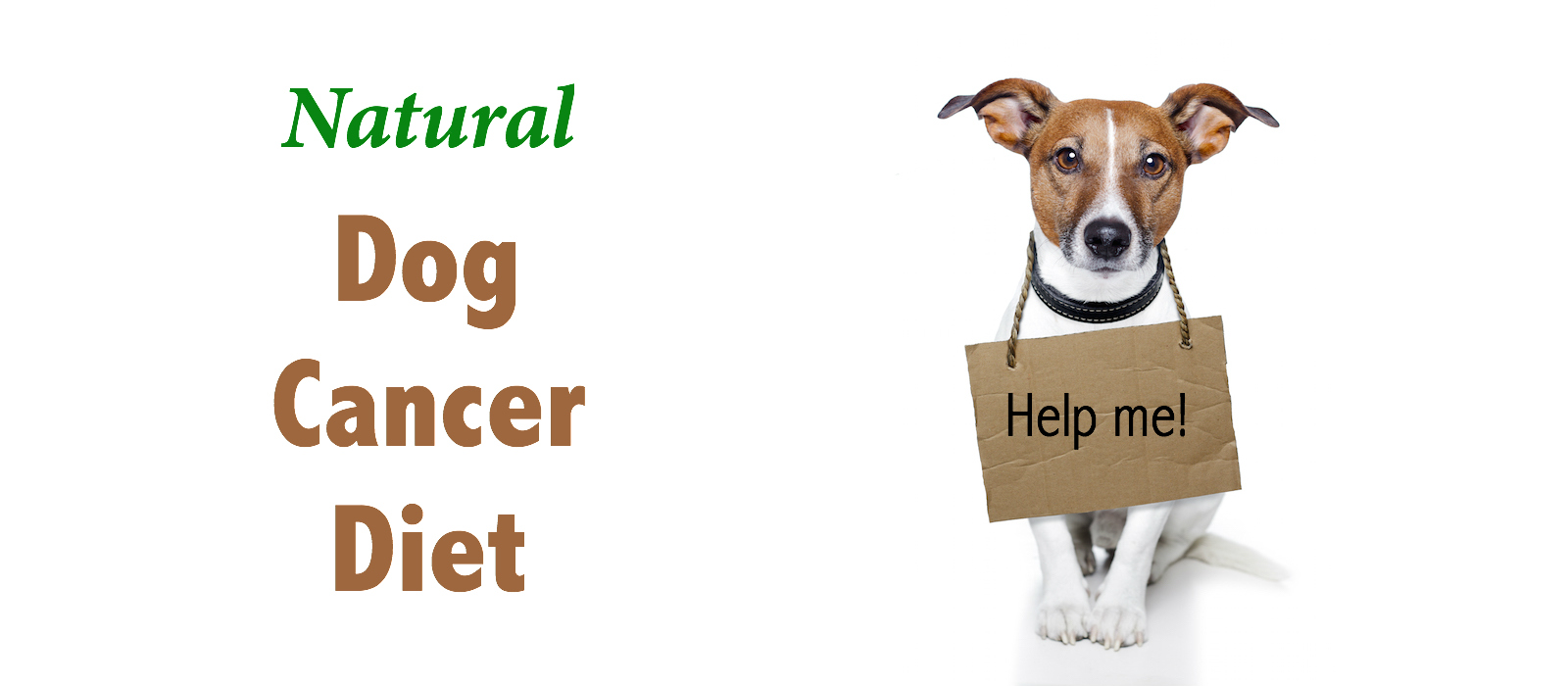
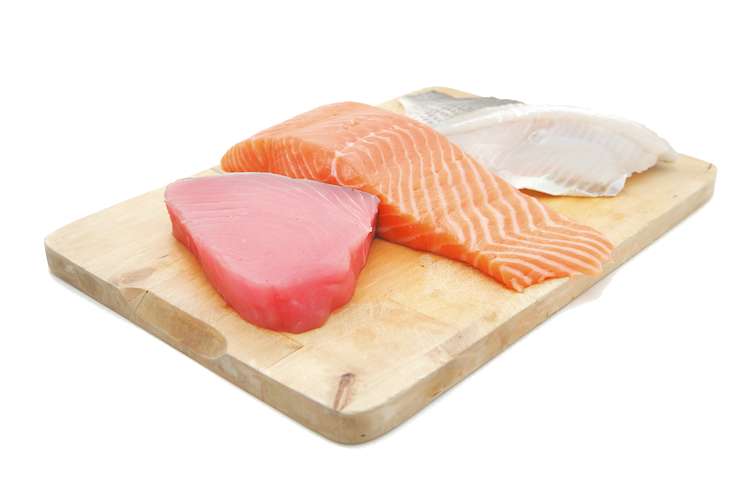 The food contains a reduced proportion of carbohydrates, to not supply additional energy to the tumor, while the fat and protein content is increased, so that the body reserves can be replenished. By adding omega-3 fatty acid and the amino acid arginine immune function is increased and the depletion can be counteracted. The lining is only available as canned food and only for dogs and can be given during the entire lifetime of a dog with cancer. However, it has no preventive function, so is not suitable for healthy dogs that should be fed natural and organic dog food.
The food contains a reduced proportion of carbohydrates, to not supply additional energy to the tumor, while the fat and protein content is increased, so that the body reserves can be replenished. By adding omega-3 fatty acid and the amino acid arginine immune function is increased and the depletion can be counteracted. The lining is only available as canned food and only for dogs and can be given during the entire lifetime of a dog with cancer. However, it has no preventive function, so is not suitable for healthy dogs that should be fed natural and organic dog food.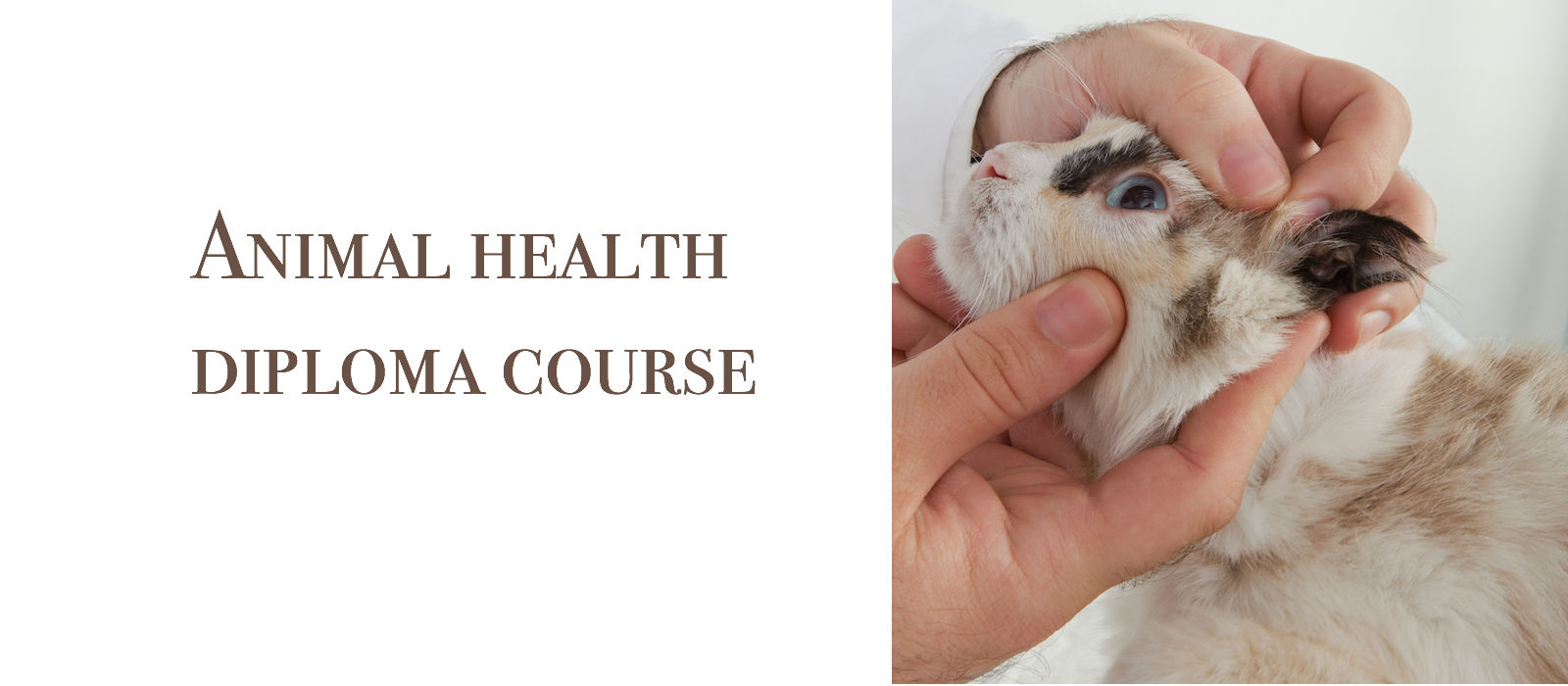
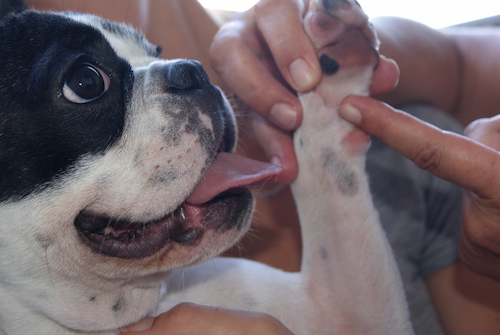
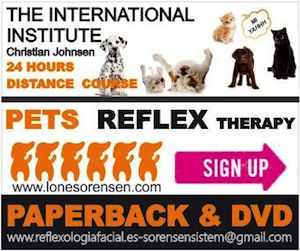
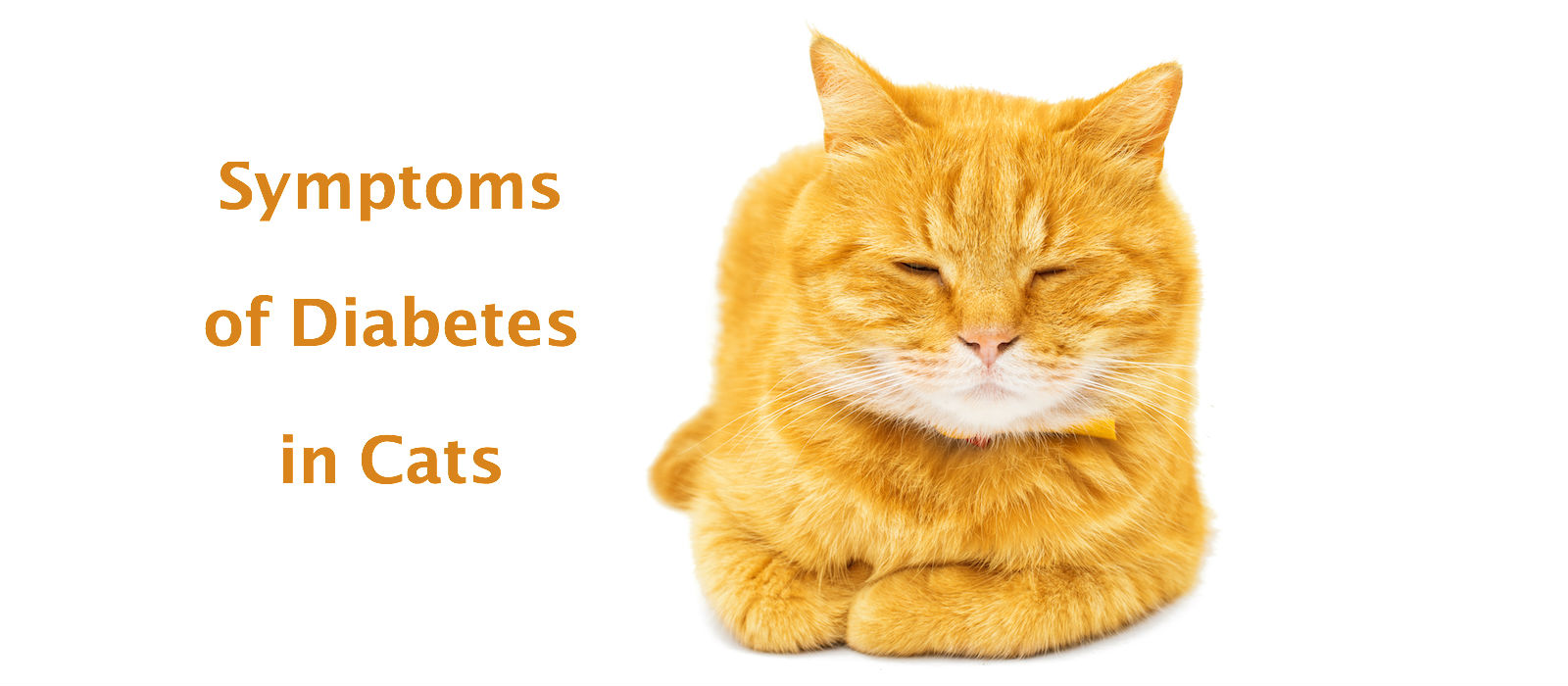
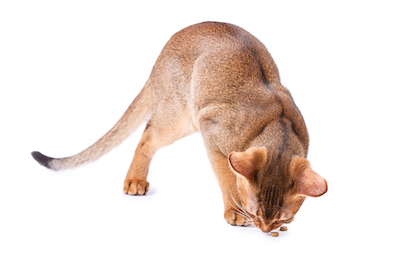 Diabetes in cats is often long undetected because in the beginning the disease manifests only mild symptoms. Be therefore sensitive over small changes that you notice in your cat’s behavior. Increased water drinking and frequent discontinuation of urine may indicate, for example, an elevated blood sugar level.
Diabetes in cats is often long undetected because in the beginning the disease manifests only mild symptoms. Be therefore sensitive over small changes that you notice in your cat’s behavior. Increased water drinking and frequent discontinuation of urine may indicate, for example, an elevated blood sugar level.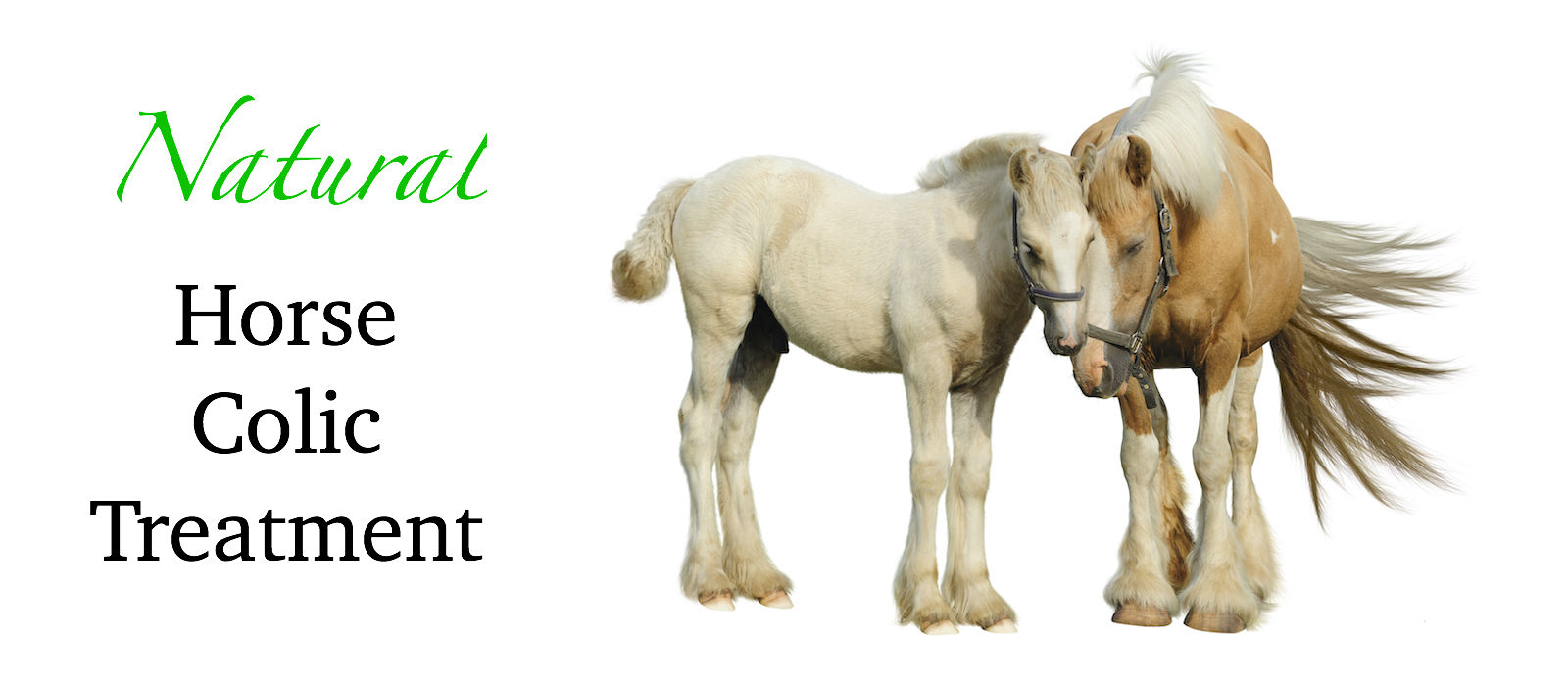
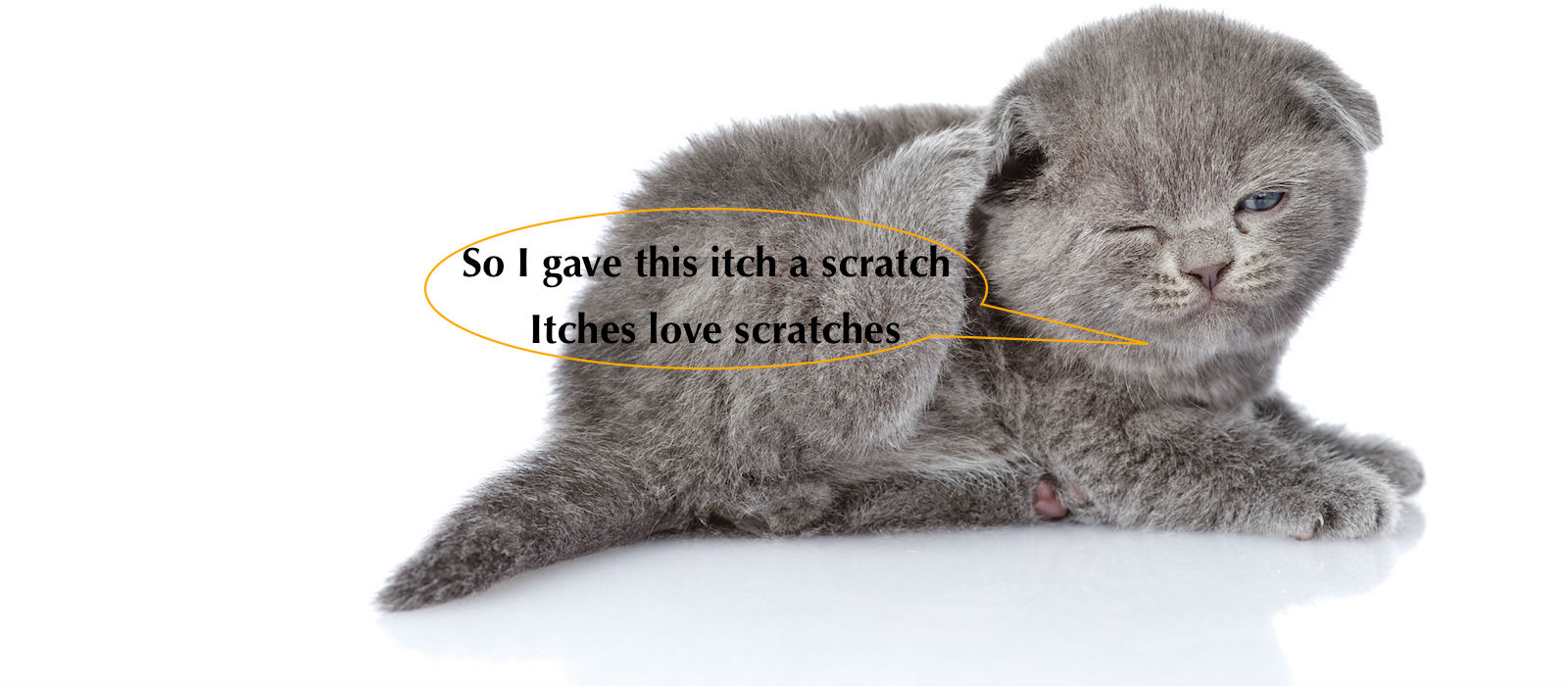

 Find and fight the cause of dry skin in dogs, cats and horses. Sometimes dry skin is caused by the infestation of parasites. For example if you find dry skin on the ears of your pet, he probably has mites. This causes the itching and the associated dry skin. Dip a cotton ball in mineral oil and spread it on the infected area to get rid of the mites.
Find and fight the cause of dry skin in dogs, cats and horses. Sometimes dry skin is caused by the infestation of parasites. For example if you find dry skin on the ears of your pet, he probably has mites. This causes the itching and the associated dry skin. Dip a cotton ball in mineral oil and spread it on the infected area to get rid of the mites.
 The medicinal herbs are available as teas or in the form of capsules at the vet or pharmacist. Powdered herbs can be mixed directly into the feed. The tastier and stronger in taste the food, for example, tuna or sardines, the better it covers the herbal flavor. You start with a low dose and this way you sneak in the taste. Gradually it is increased over a week until the full dose is reached, as older cats usually react negatively to taste changes and reject new tastes. Comply animals can be given the powder in capsule form also directly into the little mouth by the owner. Depending on their size, the cat gets half to one dose of the in the package insert specified amount for a human infant, i.e. for the delicate Senior cat half of the capsule´s content is enough, while it has to be the whole dose for a big cat.
The medicinal herbs are available as teas or in the form of capsules at the vet or pharmacist. Powdered herbs can be mixed directly into the feed. The tastier and stronger in taste the food, for example, tuna or sardines, the better it covers the herbal flavor. You start with a low dose and this way you sneak in the taste. Gradually it is increased over a week until the full dose is reached, as older cats usually react negatively to taste changes and reject new tastes. Comply animals can be given the powder in capsule form also directly into the little mouth by the owner. Depending on their size, the cat gets half to one dose of the in the package insert specified amount for a human infant, i.e. for the delicate Senior cat half of the capsule´s content is enough, while it has to be the whole dose for a big cat.
 I´ts not uncommon that horses suffer from a so-called patellar dislocation. This means that the internal patellar ligament is too loose and the kneecap bounces. In motion, the horse then sometimes bends the hind legs. In the prior, the therapist can trigger the jumping of the patella for the diagnosis. The patellar luxation is very painful. Therefore, when the horse is galloping the hind legs work in lang lay (rabbit gallop) and often trot awkwardly at the back. Some horses, on one hand, prefer gallop, while on the other prefer to trot. You want to avoid tight turns. The riding of many narrow turns worsenes the problem.
I´ts not uncommon that horses suffer from a so-called patellar dislocation. This means that the internal patellar ligament is too loose and the kneecap bounces. In motion, the horse then sometimes bends the hind legs. In the prior, the therapist can trigger the jumping of the patella for the diagnosis. The patellar luxation is very painful. Therefore, when the horse is galloping the hind legs work in lang lay (rabbit gallop) and often trot awkwardly at the back. Some horses, on one hand, prefer gallop, while on the other prefer to trot. You want to avoid tight turns. The riding of many narrow turns worsenes the problem.